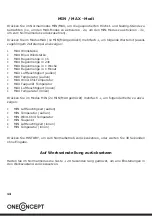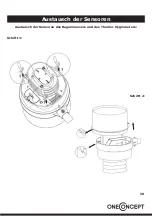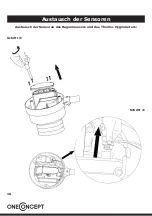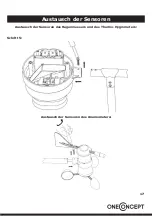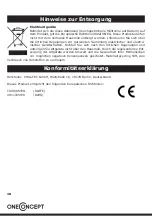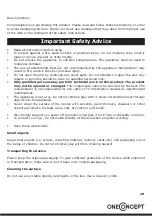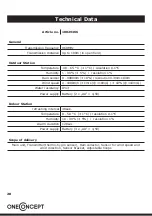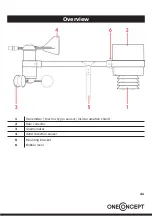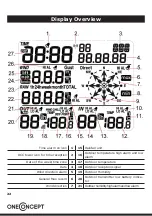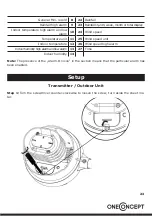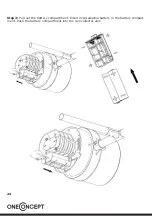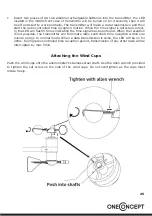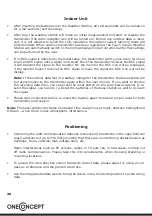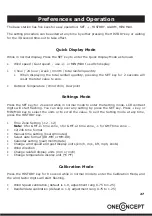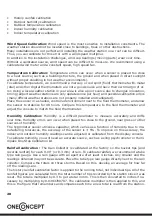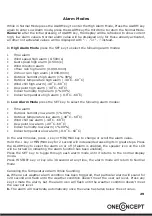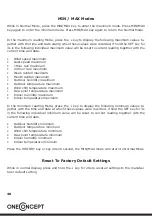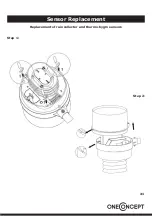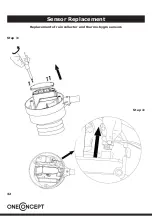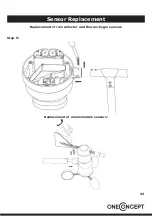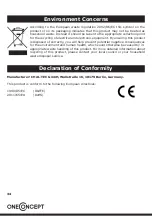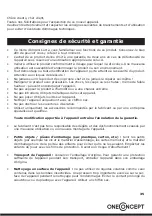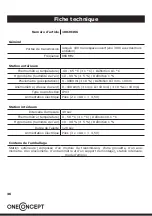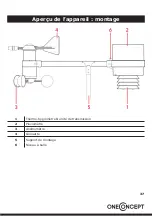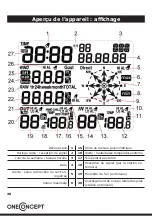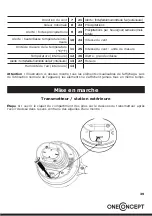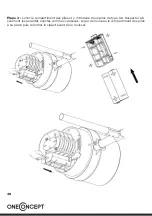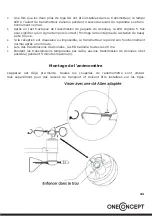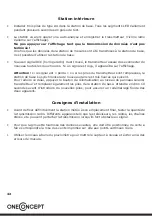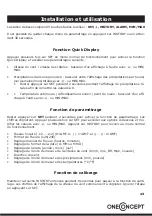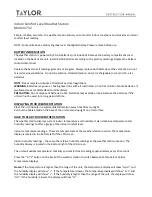
28
•
History rainfall calibration
•
Outdoor humidity calibration
•
Outdoor temperature calibration
•
Indoor humidity calibration
•
Indoor temperature calibration
Wind Speed Calibration:
Wind speed is the most sensitive to installation constraints. The
weather station should not be located close to buildings, trees or other obstructions.
Many installations are not perfect and installing the weather station on a roof can be difficult.
Thus, you can calibrate for this error with a wind speed multiplier.
In addition to the installation challenges, wind cup bearings (moving parts) wear over time.
Without a calibrated source, wind speed can be difficult to measure. We recommend using a
calibrated wind meter and a constant speed, high speed fan.
Temperature Calibration:
Temperature errors can occur when a sensor is placed too close
to a heat source (such as a building structure, the ground and when placed in direct sunlight
without proper shielding in hot weather environments).
To calibrate temperature, we recommend a mercury or red spirit (fluid) thermometer. Bi-metal
(dial) and other digital thermometers are not a good source and have their own margin of er-
ror. Using a local weather station in your area is also a poor source due to changes in location,
timing (airport weather stations are only updated once per hour) and possible calibration errors
(many official weather stations are not properly installed and calibrated).
Place the sensor in a shaded, controlled environment next to the fluid thermometer, and allow
the sensor to stabilize for 48 hours. Compare this temperature to the fluid thermometer and
adjust the console to match the fluid thermometer.
Humidity Calibration:
Humidity is a difficult parameter to measure accurately and drifts
over time. Humidity errors can occur when placed too close to the ground, near grass or other
sources of humidity.
The hygrometer sensor utilizes a capacitor, which varies as a function of humidity. Due to ma-
nufacturing tolerances, the accuracy of the sensor is ± 5%. To improve on this accuracy, the
indoor and outdoor humidity readings can be adjusted or calibrated from the display console.
To calibrate humidity, you will need an accurate source, such as a sling psychrometer or Humi-
dipaks One Step Calibration kit.
Rainfall calibration :
The Rain Collector is calibrated at the factory so the bucket tips (and
records rainfall) for each 0.01“ (or 0.3 mm) of rain. To calibrate rainfall, we recommend a tube
type rain gauge. Use a rain gauge with an aperture of at least 4 inches. Any smaller and the
readings obtained may not be accurate. Place the tube type rain gauge directly next to the rain
collector. Compare the totals on three storms. Based on this, develop an average for how far
off the readings are.
The history rainfall calibration factor is applied to the running total, not individual tips. All of the
rainfall figures are calculated from the total number of tips recorded by the station since it was
reset. The total is multiplied by 0.3 to get a total in mm. This is then converted to inches if ne-
cessary by multiplying by 0.0393700787. The calibration multiplier is then applied to this, and
this is the figure that remembers and compares each time a new total is read from the station.

